The main goal of any roofing project is to avoid water penetration. Flat roof buildings and flat roofing systems are installed with a slight pitch to keep water from pooling in order to mitigate the risk of leakage. If the material used on your flat roof develops a crack or hole or the seams are not sealed adequately, water will eventually penetrate and cause damage.
Water runoff from rain or snow on a well-chosen, installed, and maintained flat roof poses no problem and you should have no leaks. When deciding on the specific type of roof material you want for your building, you should consider its suitability for your climate, the type of business you operate, its expected performance over time, whether it looks good, and whether it fits within your budget.
If you’re looking to install, replace, or repair a flat roof on your building and want to ensure it lasts for decades, a good place to start is by learning about the different types of materials that are used in flat roofing.
Three Main Types of Commercial Flat Roofing Materials
There are three main types of flat roofing materials installed on commercial and industrial buildings:
-
- Asphalt – BUR (built-up roofing), Mod-Bit (Modified Bitumen), and Smooth Rubber
- Metal – Steel and Aluminum
- Single-Ply Membrane – EPDM (Ethylene Propylene Diene Monomer), Hypalon, TPO (Thermoplastic Polyolefin), and PVC (PolyVinyl Chloride)
Each has pros and cons. The one that is going to work best for you and your building will depend on:
-
- your objectives and budget;
- how your building’s roof is constructed;
- the type of business operated under the roof;
- climate and weather conditions; and
- how well and frequently you plan to maintain it.
The different material types, their suitability for most climates, grease / oil resistance, risks, costs, and benefits are all described next.
Asphalt Roofing
Asphalt roofing is a sticky, black, highly viscous liquid or semi-solid form of petroleum. It is generally sold in 3′ wide rolls and can have a smooth or granular surface. It can be hot applied (with hot asphalt or a torch), cold-applied, or self-adhered. It generally lasts 15 to 20 years.
The main pros of an asphalt roof are that it is relatively inexpensive, easy to install and repair, and suitable for most weather conditions because materials tend to expand and contract easily.
The drawbacks include:
- The hot “torch-down” process is not suitable for every building.
- While relatively easy to install, it is still more labor-intensive than a single-ply membrane system.
- It is also not as resilient to water ponding as single-ply membranes and is prone to cracking.
- UV rays and water tend to break down surface materials over time.
- Asphalt roofing must be coated with aluminum every 3 years.
- Asphalt roofing breaks down when subjected to chemicals, grease, and fats so it is generally not a good choice for restaurant or factory businesses.
- It can be difficult to identify the source of a leak with this type of roofing material.
Metal Roofing
Metal roofing is made with steel or aluminum. It comes in many different panel shapes and sizes. Metal roofing is installed in panels or multiple-shingle sections that can be put in place relatively quickly. It is reliable, lightweight, fire-resistant, energy-efficient, long-lasting, and environmentally friendly. It tends to perform consistently over the life span of the roof.
Most manufacturers are willing to provide a 25-40 year material warranty for their metal flat roofing systems.
Drawbacks include:
- Metal roofing is expensive relative to your other options.
- It has a tendency to dent, scratch, and develop corrosion which can eventually lead to leaks, especially in coastal areas and under heavy snow loads.
- It can develop a wavy effect over time due to constant metal expansion and contraction.
- It is noisy, especially during heavy rain or a hailstorm.
- It can be hazardous to walk on as the metal surface offers no traction when wet.
- Repairs can be costly because metal roofing is installed in large panels so it’s not just a matter of replacing a few shingles. It can also be difficult to match colors as the metal will fade and become dull over time.
Single-Ply Membrane Roofing
Single-ply roofing is either made of a synthetic rubber compound (EPDM) or thermoplastic material (PVC and TPO). It is generally sold in 10-50′ wide sheets, can be black, white, gray, or tan, and has a smooth surface.
Single-ply roofing is mechanically fastened or glued to the existing roof surface. These roofing systems have been known to last 15-30 years or more.
The main pro of a single-ply roof is it can be applied in a single layer reducing installation time and material costs. It is lightweight and durable. It is also relatively easy to maintain in comparison to other flat roofing materials.
The drawbacks depend on the specific material used:
- EPDM is not well suited to buildings that house restaurants and manufacturing / machining equipment as it is not resistant to grease and oils. It is prone to shrinkage with age and has a tendency to puncture rather easily. Black EPDM also tends to absorb more heat and is therefore considered less energy-efficient than other options. EPDM has a good lifespan, typically lasting 25-30 years.
- TPO is the least expensive of the three single-ply options. It is relatively easy to install and maintain. It does, however, have a tendency to fail prematurely because the plasticizers migrate out of the sheet causing it to lose its pliability and crack all over. TPO has a typical lifespan of 15-25 years.
- PVC is fully reinforced so it has far better puncture resistance than EPDM. It is durable, resistant to grease and oil, and fire retardant. It withstands ponding water well enough that they make pool liners out of it. PVC lasts 15-25 years.
Our Recommendation
The chart (below) provides an easy, side-by-side comparison of different flat roofing materials and types.
When you take all this into consideration, our advice is to do the following:
- Do business with commercial / industrial roofers that back their work with a manufacturer’s warranty – preferably a No Dollar Limit (NDL) or Product / Labor Warranty. That way if problems do arise, you’re covered.
- Research the roofing materials manufacturer to ensure they are the manufacturer and not a reseller of the material.
- Read the warranty and pay close attention to the exclusions. A warranty that has the least amount of exclusions is usually the strongest, regardless of the term. In our experience, long-term (25, 30, and 50-year) warranties are often worthless because of all the exclusions.
- If you decide to go with a single-ply solution, consider getting quotes for PVC (we recommend Duro-Last) or EPDM. They are both proven technologies having worked well for 40+ years. You may find the slight price difference between them and TPO is not enough to justify the risk.
Let us know what you think. If you have any questions or want us to come out and do an inspection or provide a quote, let us know.

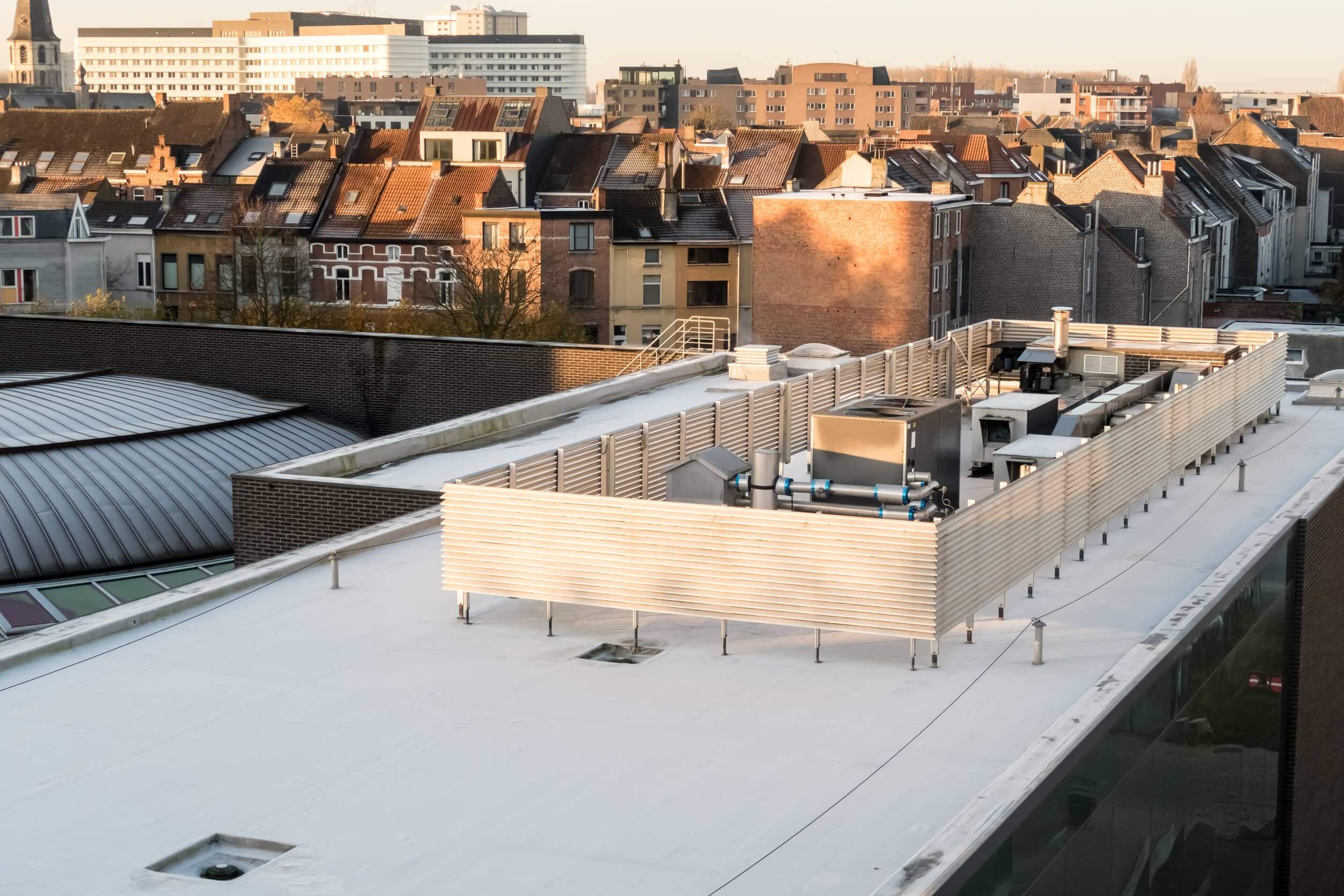
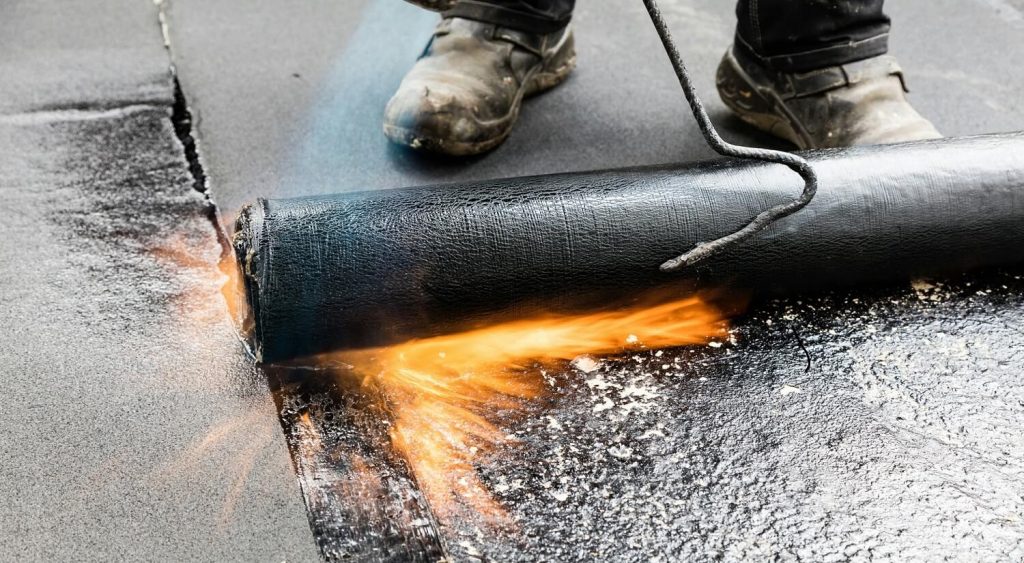
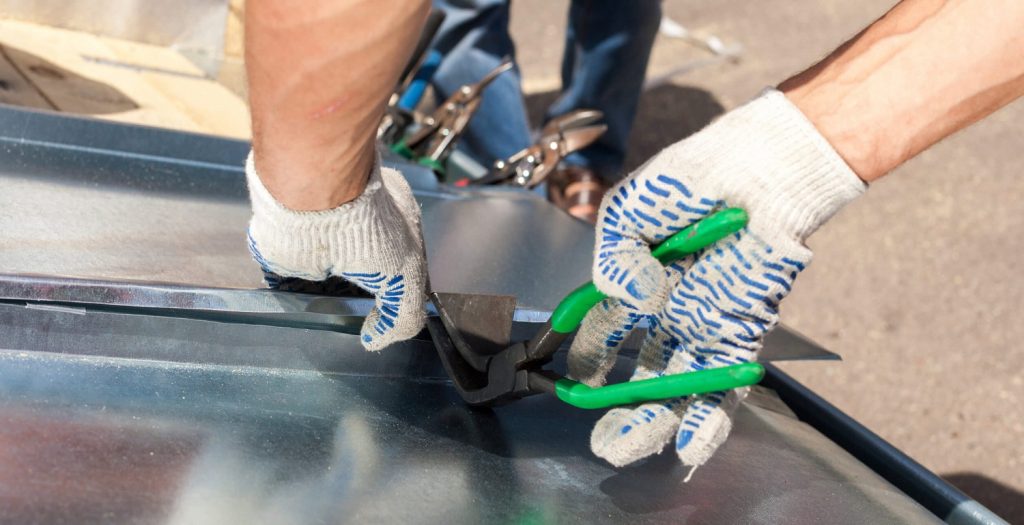
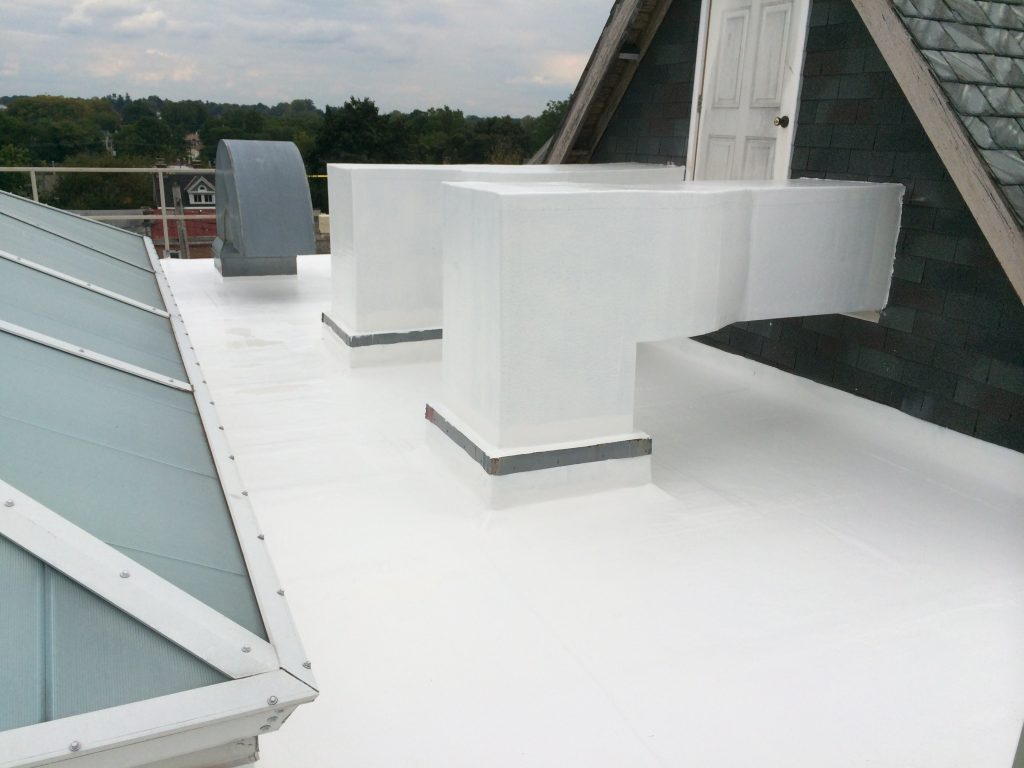
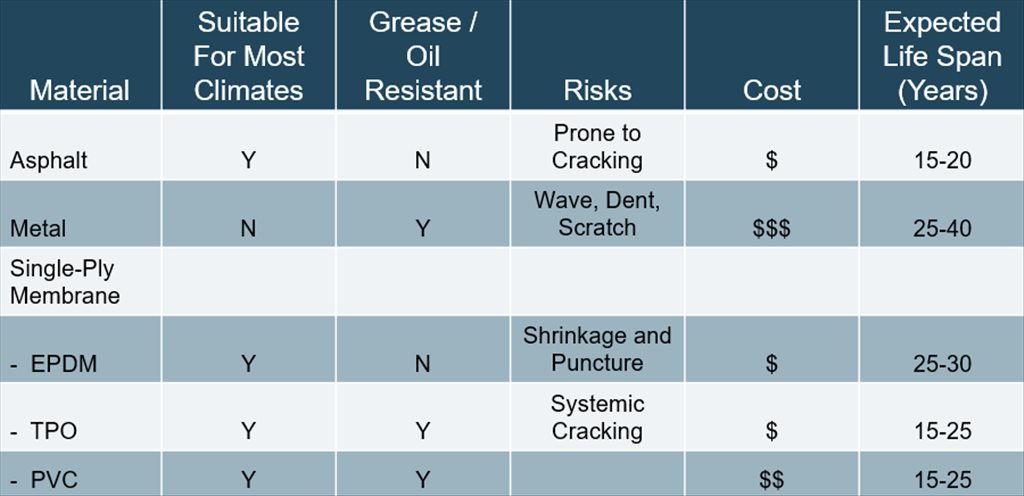

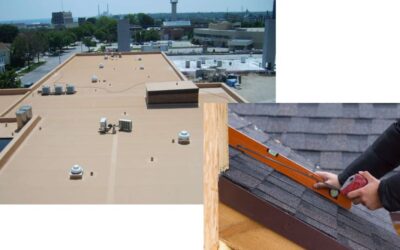
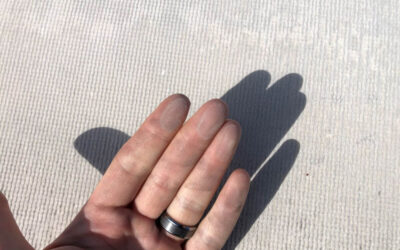




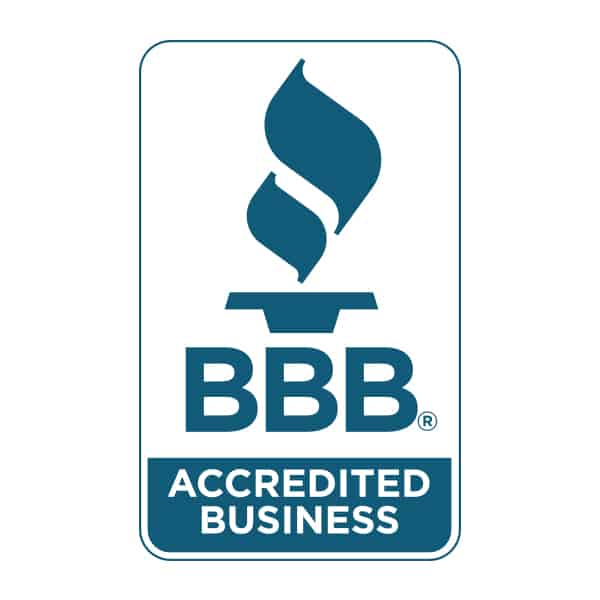

Add your first comment to this post